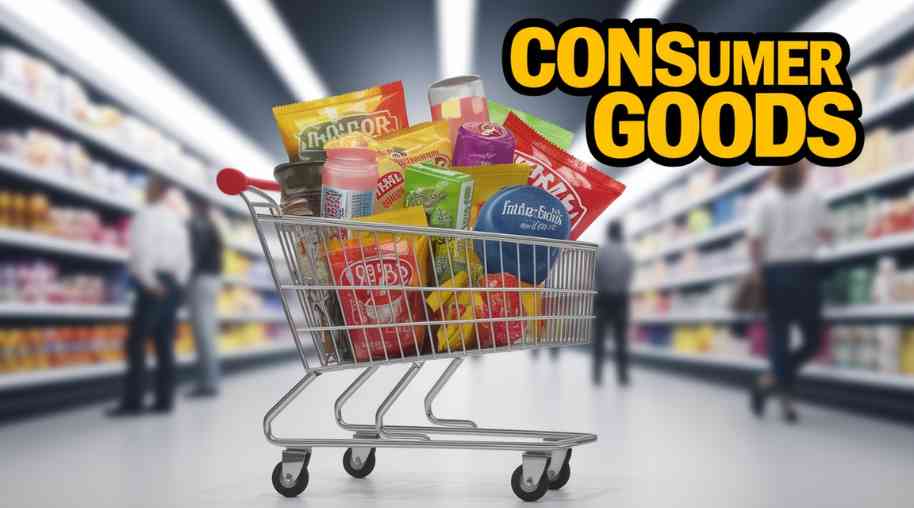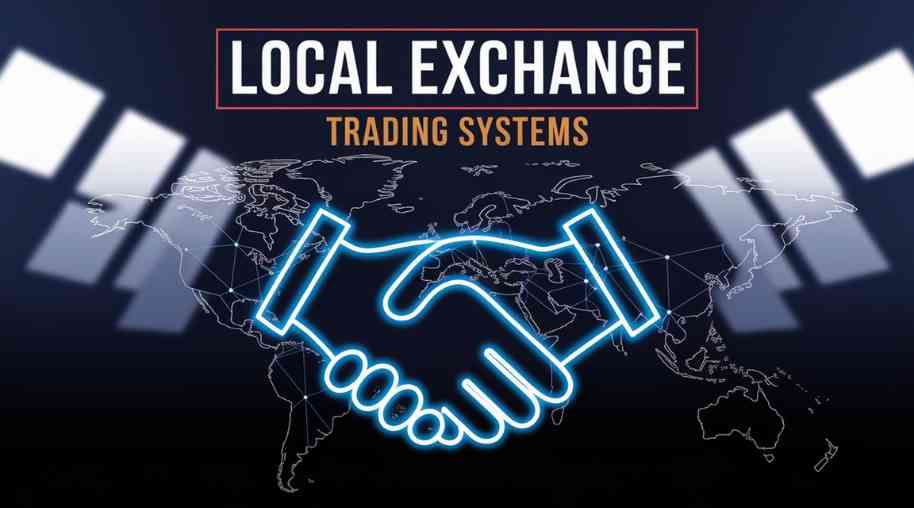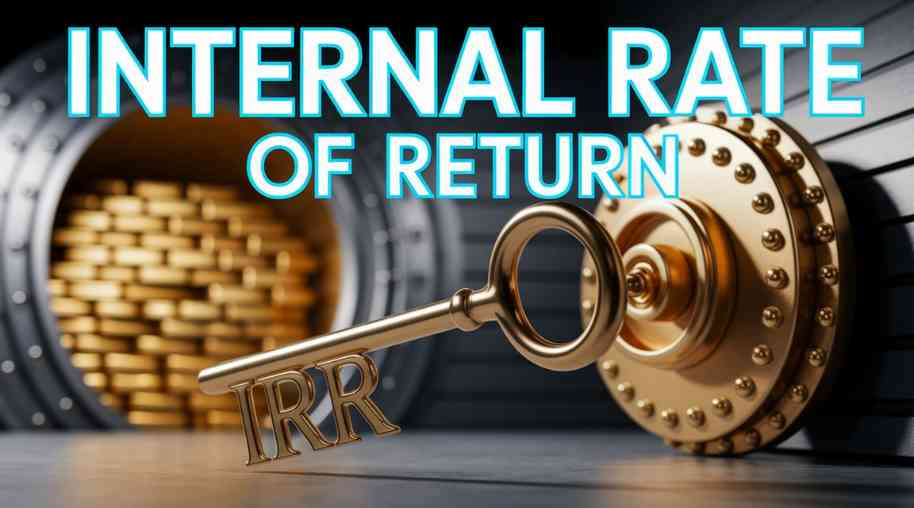FMCG Full Form-Fast Moving Consumer Goods
by Shashi Gaherwar
0 2122
Fast Moving Consumer Goods (FMCG): The Backbone of Global Retail
Fast Moving Consumer Goods (FMCG) refer to everyday products that sell quickly and at relatively low costs. These goods include packaged food, beverages, toiletries, and household essentials that are in high demand due to their necessity and affordability. The FMCG sector is one of the largest industries worldwide, driving economies and impacting consumer lifestyles significantly.

This article delves into the definition, types, significance, market trends, and future prospects of the FMCG sector.
What Are Fast Moving Consumer Goods (FMCG)?
FMCG, also known as Consumer Packaged Goods (CPG), are products with a short shelf life due to high consumer demand or perishability. They are sold in large quantities and have a relatively low profit margin per unit but generate substantial revenue due to high turnover rates.
Categories of FMCG
The FMCG industry can be classified into several major categories:
- Food and Beverages:
- Packaged foods (snacks, dairy products, cereals, frozen meals)
- Soft drinks, bottled water, tea, and coffee
- Confectionery (chocolates, candies, biscuits)
- Personal Care Products:
- Skincare (lotions, creams, face washes)
- Haircare (shampoos, conditioners, hair oils)
- Oral care (toothpaste, mouthwash)
- Household and Cleaning Products:
- Laundry detergents and fabric softeners
- Dishwashing liquids and surface cleaners
- Air fresheners and disinfectants
- Over-the-Counter (OTC) Healthcare Products:
- Vitamins and supplements
- Pain relievers and cold medications
- First-aid supplies
- Consumer Electronics (Low-Cost):
- Batteries, bulbs, and small electronic accessories
- Disposable razors and personal grooming appliances
Importance of FMCG Industry
- Essential for Daily Life: FMCG products are integral to household consumption, meeting basic needs and convenience demands.
- Major Contribution to the Economy: The FMCG sector is a significant contributor to GDP and employment worldwide.
- Rapid Market Growth: With urbanization and increasing disposable incomes, FMCG sales continue to rise globally.
- Innovation and Brand Competition: Companies frequently introduce new products and marketing strategies to capture market share and adapt to changing consumer preferences.
Market Trends in FMCG
- E-Commerce Boom: Online shopping platforms have revolutionized FMCG sales, providing convenience and wider product availability.
- Sustainability and Eco-Friendly Products: Consumers are increasingly favoring sustainable, biodegradable, and eco-friendly packaging and products.
- Health and Wellness Focus: Demand for organic, sugar-free, gluten-free, and plant-based products is growing rapidly.
- Rise of Private Labels: Supermarkets and e-commerce platforms are launching their own private label FMCG brands to offer affordable alternatives.
- Personalized Marketing and Digital Advertising: Brands use data analytics and AI to target consumers with personalized product recommendations.
Challenges Facing the FMCG Industry
- Intense Market Competition: The FMCG sector is highly competitive, requiring brands to differentiate through quality, price, and innovation.
- Supply Chain and Distribution Issues: Efficient logistics and inventory management are crucial for maintaining steady product availability.
- Regulatory Compliance and Health Standards: Governments impose strict regulations on ingredients, packaging, and advertising, requiring companies to adhere to safety and health guidelines.
- Consumer Behavior Shifts: Changing consumer preferences, such as a shift towards healthier alternatives, require brands to adapt quickly.
Future Outlook for the FMCG Sector
- Technological Integration: Smart packaging, blockchain for supply chain transparency, and AI-driven demand forecasting are becoming industry standards.
- Greater Focus on Direct-to-Consumer (DTC) Models: Brands are increasingly bypassing traditional retail channels by selling directly to consumers online.
- Increased Investment in Sustainable Practices: Companies are shifting towards recyclable packaging, zero-waste production, and ethical sourcing.
- Growth in Emerging Markets: Rising middle-class populations in developing countries are fueling demand for FMCG products.
The FMCG industry is an essential part of global commerce, continuously evolving to meet changing consumer needs. With advancements in digital technology, sustainability, and personalized marketing, the future of FMCG looks promising. Businesses that innovate while focusing on quality, affordability, and convenience will continue to thrive in this dynamic sector.
Further Learning Resources
If you’re passionate about building a successful blogging website, check out this helpful guide at Coding Tag – How to Start a Successful Blog. It offers practical steps and expert tips to kickstart your blogging journey!
For dedicated UPSC exam preparation, we highly recommend visiting www.iasmania.com. It offers well-structured resources, current affairs, and subject-wise notes tailored specifically for aspirants. Start your journey today!

Share:








Comments
Waiting for your comments